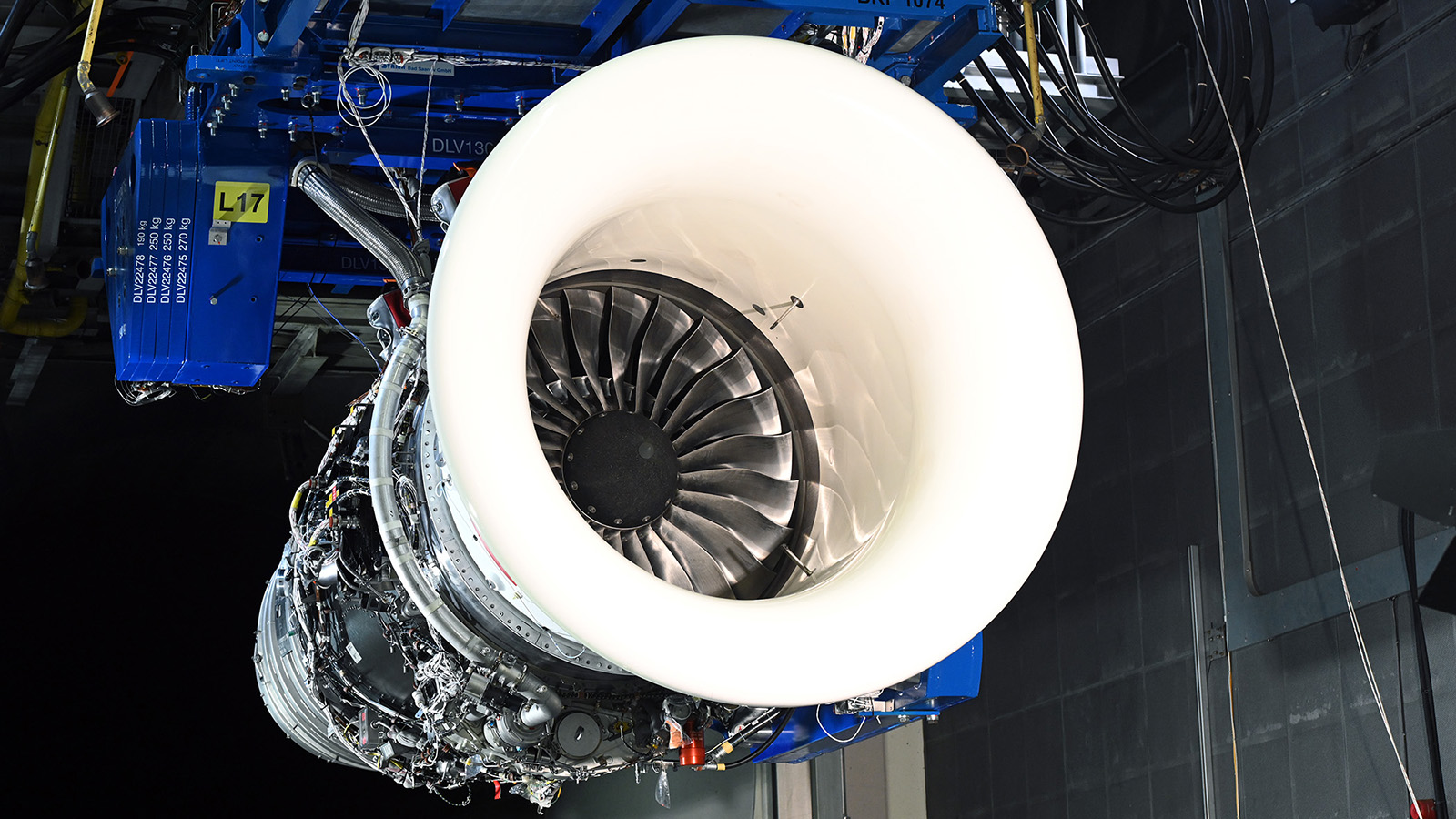Stay Up to Date
Submit your email address to receive the latest industry and Aerospace America news.
The Gas Turbine Engines Technical Committee works to advance the science and technology of aircraft gas turbine engines and engine components.
Demonstration of sustainable aviation fuel in several flight and ground tests represented a major development in the gas turbine engine community. SAFs comprise fuels from a variety of sources, such as cooking or plant oils, with characteristics suitable for use with jet fuels and consistent with existing air transportation infrastructure. Use of SAFs can also enable an up to 80% reduction in carbon footprint over the lifecycle of the fuels relative to petroleum-based fuels, driving a large global investment. Current policies allow up to a 50-50 blending of an SAF with existing jet fuels. Flight tests with SAFs require material compatibility, endurance, safety and performance evaluations to ensure all components work with the alternate fuels.
The United Kingdom’s Rolls-Royce announced in February that it tested a 100% SAF with a Pearl 700 business jet engine in its Dahlewitz, Germany, facility. The Pearl 700 powers the Gulfstream G700 aircraft. The test followed a late 2020 test of the Trent 1000 engine with a 100% SAF. Airbus, headquartered in the Netherlands, flight tested an A350 fueled by a 100% SAF in March in Toulouse, France, as part of the collaborative Emission and Climate Impact of Alternative Fuels project. Ground and flight testing on the A350’s Trent XWB engine continued throughout the year to characterize emissions. Williams International of Michigan also tested the FJ44-4 engine using a 100% SAF in a 3.5-hour flight over Michigan. The FJ44 engines power a variety of business aviation aircraft.
Safran Helicopter Engines of France announced that an Airbus H145 rescue helicopter was flown with a 40% blend of biofuel in Munich in June. The helicopter used Safran Arriel 2E engines. Safran also announced in July that researchers ran an Arrano helicopter engine with a 38% SAF blend and that they ran a Makila 2 on a 100% cooking oil SAF in September. The flight tests represented an increasing application of SAF usage in Safran’s French facilities over the course of the year and a focus of the helicopter engine industry on SAF adoption. In September, GE Aviation, based in Ohio, announced a new $55 million, five-year partnership under FAA’s Continuous Lower Energy, Emissions and Noise program that will include research into standards for 100% SAFs. Additionally, U.S. President Joe Biden signed executive actions planned to increase SAF production and reduce emissions 20% by 2030. Coupled with previous tests by GE Aviation and Connecticut-based Pratt & Whitney, the past year’s tests, research investments and policy announcements represent substantial investment in SAFs from the global engine supplier community and substantial work that regulatory bodies may use to standardize SAFs and reduce aviation emissions in both business jet and large civil transport applications.
In July, GE Aviation celebrated shipment of the 100,000th ceramic matrix composite turbine shroud and the 100,000th additively manufactured fuel nozzle. CMC components consist of ceramic fibers oriented in a ceramic matrix and are lighter and enable temperatures that are hundreds of degrees higher than competing metal alloys, resulting in increased efficiency and reduced emissions. GE has used additive manufacturing of fuel nozzles to reduce part counts and machine labor for production of the complex part. Ohio-based CFM International’s LEAP engine employs both technologies. Also in July, Pratt & Whitney opened a facility in Carlsbad, California, for development of CMC components, joining Rolls-Royce’s nearby facility in Cypress, California.
Stay Up to Date
Submit your email address to receive the latest industry and Aerospace America news.




